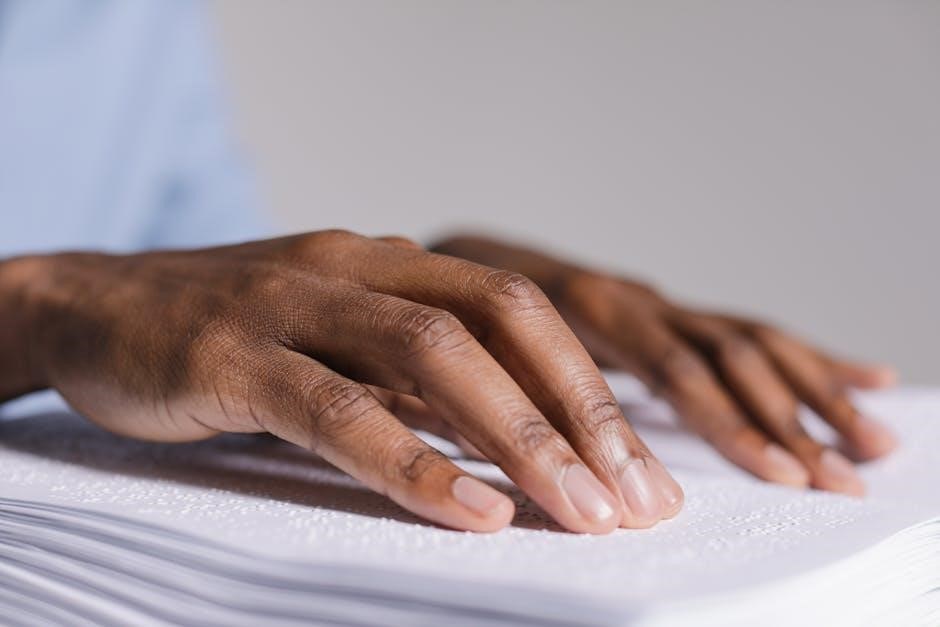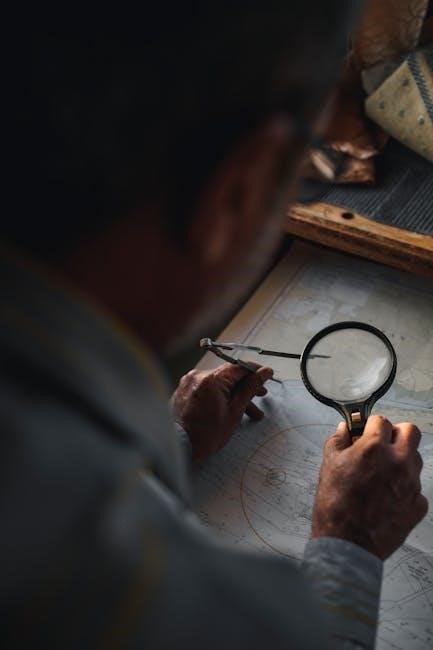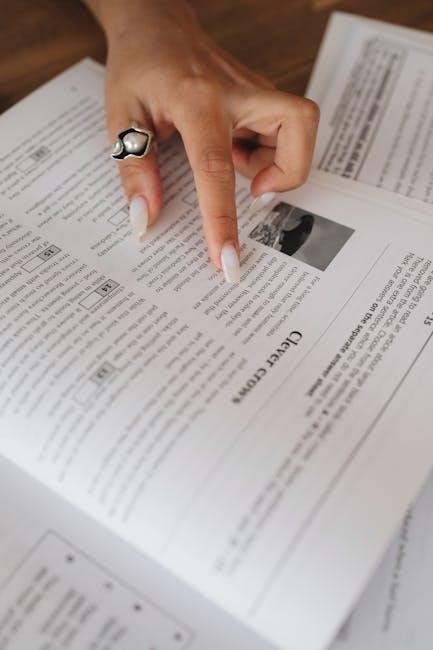
Dance Study Guide: An Overview
This study guide reveals the theoretical framework of the discipline, namely: the history of origin and development, the features and nature of variety dance․
Welcome to the fascinating world of dance studies! This field encompasses much more than just learning steps; it delves into the rich history, diverse cultures, and complex theories that shape the art of dance․ Dance studies explores the social, political, and aesthetic significance of movement across various contexts․ You’ll discover how dance reflects and influences society, expressing emotions, narratives, and cultural identities․ It examines the evolution of dance forms, from ancient rituals to contemporary performances, and analyzes the techniques, styles, and choreographic principles that define them․ Through dance studies, you’ll develop a critical understanding of dance as a form of communication, a cultural practice, and an artistic expression․ This journey will involve exploring different dance genres, analyzing performances, and engaging with scholarly research․ You’ll learn to appreciate the artistry, athleticism, and cultural significance of dance in all its forms․ So, prepare to move beyond the surface and delve into the depths of dance, uncovering its hidden meanings and profound impact on the world around us․ Get ready to explore the captivating realm of dance studies!

Dance History and Development
Embark on a journey through time, exploring the origins and evolution of dance․ Discover how cultural shifts and artistic innovations have shaped dance forms across centuries and continents․
Origins of Dance
Delve into the ancient roots of dance, tracing its emergence from prehistoric rituals and ceremonies․ Explore the evidence suggesting that dance played a vital role in early human societies, serving as a form of communication, expression, and social cohesion․ Consider the diverse cultural contexts in which dance first appeared, from indigenous communities to ancient civilizations․ Investigate the theories surrounding the motivations behind early dance practices, including religious beliefs, storytelling traditions, and celebrations of life events; Analyze the archaeological findings and historical records that provide insights into the forms and functions of dance in ancient times․ Examine the connections between dance and other art forms, such as music, poetry, and visual arts, in shaping early cultural expressions․ Investigate the role of dance in transmitting knowledge, preserving traditions, and reinforcing social norms within communities․ Explore the influence of environmental factors, such as geography and climate, on the development of unique dance styles and movements․ Consider the symbolic meanings and metaphorical representations embedded in early dance forms, reflecting the relationship between humans and the natural world․ Examine the evolution of dance from spontaneous, improvisational movements to more structured and formalized practices, laying the foundation for later dance traditions․
Evolution of Dance Forms
Trace the fascinating journey of dance through history, exploring the evolution of various dance forms from their origins to their modern-day manifestations․ Examine the key factors that have influenced the development of dance, including social, cultural, political, and technological changes․ Investigate the emergence of distinct dance genres, such as ballet, modern, jazz, tap, and hip-hop, and their respective historical contexts․ Analyze the contributions of influential choreographers, dancers, and educators who have shaped the trajectory of dance․ Explore the impact of cross-cultural exchange and globalization on the fusion and adaptation of dance styles․ Consider the role of music, costumes, and stage design in enhancing the expressive potential of dance performances․ Examine the evolution of dance techniques and training methods, reflecting advancements in understanding of the human body and movement․ Investigate the emergence of new technologies, such as video and digital media, in expanding the possibilities for dance creation and dissemination․ Analyze the changing roles of dancers in society, from ritual performers to professional artists and cultural ambassadors․ Explore the ongoing dialogue between tradition and innovation in dance, as new forms and styles emerge while honoring the legacy of the past․ Consider the impact of social movements and political ideologies on the themes and messages conveyed through dance, reflecting the changing values and concerns of society․ Examine the evolution of dance education and its role in fostering creativity, critical thinking, and cultural appreciation․
Dance Terminology and Technique
Dance Technique: Study Guide․ Instructor: Mrs․ Wyller․ The final exam will be on a scantron: Dance Terminology: Arabesque- performed with the working leg․․․․
Basic Dance Terminology
Understanding the language of dance is crucial for both dancers and enthusiasts․ Basic dance terminology provides a common vocabulary for describing movements, positions, and steps across various dance styles․ This foundation allows for clear communication between instructors, dancers, and choreographers, ensuring that everyone is on the same page when learning or creating dance pieces․ Key terms often include positions of the body, directions of movement, and names of specific steps․ For example, terms like “plié” (to bend), “tendu” (to stretch), and “relevé” (to rise) are fundamental in ballet and many other dance forms․ Similarly, understanding directional terms such as “en avant” (forward), “à la seconde” (to the side), and “en arrière” (backward) helps dancers navigate the space effectively․ Learning these basic terms not only enhances comprehension but also improves the ability to execute movements with precision and artistry․ Moreover, familiarity with dance terminology allows dancers to analyze and appreciate different dance styles, fostering a deeper connection with the art form․ Whether you are a beginner or an experienced dancer, mastering basic dance terminology is an essential step in your dance journey․
Fundamental Dance Techniques
Developing a strong foundation in fundamental dance techniques is essential for any aspiring dancer, regardless of their chosen style․ These techniques provide the building blocks for more complex movements and allow dancers to execute steps with precision, control, and artistry․ Core techniques often include posture, alignment, balance, coordination, and flexibility; Proper posture and alignment are crucial for preventing injuries and maximizing efficiency of movement․ Balance is the ability to maintain equilibrium while stationary or in motion, and it is fundamental to all dance forms․ Coordination involves the harmonious interaction of different body parts, allowing dancers to execute complex sequences with fluidity․ Flexibility, or range of motion, enables dancers to achieve a wider variety of movements and positions․ Specific techniques vary depending on the dance style, but some common elements include footwork, arm movements, and body isolations․ For example, ballet emphasizes turnout, pointed feet, and graceful port de bras (arm carriage), while modern dance often incorporates contractions, releases, and floor work․ Mastering these fundamental techniques requires consistent practice, attention to detail, and guidance from experienced instructors․ By developing a solid technical foundation, dancers can enhance their performance quality, expressiveness, and overall enjoyment of the art form․ Ultimately, a strong grasp of fundamental dance techniques empowers dancers to push their boundaries and explore new possibilities․

Dance Performance and Entertainment
A․ Theatrical dancing is performed for the entertainment of spectators and includes: ballet, modern dance, musical/comedy dancing and tap dancing․
Theatrical Dance Forms
Theatrical dance forms are specifically designed for performance and entertainment, often incorporating elaborate costumes, sets, and lighting to enhance the visual and emotional impact․ These forms typically require a high level of technical skill, artistry, and physical fitness from the dancers․ Ballet is a classical theatrical dance form characterized by precise movements, graceful lines, and storytelling through dance․ Modern dance is a more expressive and experimental form that often challenges traditional ballet conventions․ Musical theatre dance combines elements of ballet, jazz, and other dance styles to create dynamic and engaging performances․ Tap dance is a percussive dance form where dancers use their feet to create rhythmic patterns and sounds․ These theatrical dance forms are often presented in formal settings such as theaters and concert halls, and they play a significant role in the world of performing arts․ They provide entertainment, cultural enrichment, and opportunities for artistic expression for both performers and audiences alike․ Theatrical dance encompasses a wide range of styles and traditions, each with its unique characteristics and cultural significance, contributing to the rich diversity of the global dance landscape․ From classical ballet to contemporary works, theatrical dance continues to evolve and inspire․
Social Dance Categories
Social dance categories encompass a diverse range of dance styles intended for participation and enjoyment in social settings․ These dances are often characterized by their accessibility, adaptability, and emphasis on interaction among dancers․ Ballroom dances, such as waltz, foxtrot, and tango, are elegant and structured dances performed by couples․ Latin dances, including salsa, merengue, and cha-cha, are energetic and rhythmic dances originating from Latin American cultures․ Swing dances, such as lindy hop and jitterbug, are lively and improvisational dances that emerged during the swing era․ Folk dances, such as square dance and contra dance, are traditional dances rooted in specific cultural communities and often involve communal participation․ Club dances, such as hip-hop and house, are contemporary dances that evolved in nightclubs and social gatherings․ Social dances provide opportunities for people to connect with one another, express themselves creatively, and stay physically active․ They foster a sense of community, promote cultural exchange, and offer a fun and engaging way to socialize․ Whether it’s a formal ballroom event, a lively Latin dance party, or a casual folk dance gathering, social dance categories provide a platform for people of all ages and backgrounds to come together and share the joy of movement and music․ These categories continue to evolve, adapting to contemporary trends and reflecting the diverse cultures that contribute to the global dance landscape․ Social dance is a vibrant and dynamic part of human culture․

Health, Fitness, and Dance
Dance offers a multitude of benefits for both physical and mental well-being, making it an excellent avenue for promoting health and fitness․ Physically, dance enhances cardiovascular health, improves muscle strength and endurance, increases flexibility and range of motion, and promotes weight management․ The rhythmic movements and varied steps engage multiple muscle groups, providing a comprehensive workout that improves overall fitness levels․ Furthermore, dance improves coordination, balance, and spatial awareness, reducing the risk of falls and injuries․ Mentally, dance reduces stress and anxiety, boosts mood and self-esteem, enhances cognitive function, and provides a creative outlet for self-expression․ The act of learning and performing dance sequences stimulates the brain, improving memory, focus, and concentration․ Dancing in a group setting fosters social interaction, reduces feelings of loneliness and isolation, and promotes a sense of community․ Moreover, dance encourages body positivity and self-acceptance, helping individuals develop a healthier relationship with their bodies․ Different dance styles offer varying levels of intensity and physical demands, allowing individuals to choose activities that suit their fitness levels and preferences․ From ballet to hip-hop, salsa to contemporary, there’s a dance style for everyone to enjoy and benefit from․ Incorporating dance into a regular fitness routine can be a fun and engaging way to stay active, improve overall health, and enhance quality of life․ The combination of physical exertion, mental stimulation, and social interaction makes dance a holistic approach to well-being․

Study Resources and Guides
Explore online dance study guides for comprehensive learning․ Supplement knowledge with videos and articles․ Find guides offering terminology and history aspects․
Online Dance Study Guides
Discover a wealth of online resources dedicated to dance studies, offering comprehensive support for students and enthusiasts alike․ These guides serve as invaluable tools for exploring various aspects of dance, from its rich history and diverse forms to technical terminology and performance techniques․ Many online dance study guides provide detailed explanations of fundamental dance movements, including arabesques and other essential positions, along with visual aids such as videos and illustrations to enhance understanding․ Delve into the history of dance, tracing its origins and evolution across different cultures and time periods․ Explore the development of ballet, modern dance, tap, and other theatrical forms, gaining insights into their unique characteristics and contributions to the world of dance․ Online guides often feature interactive quizzes and exercises to reinforce learning, allowing students to test their knowledge and track their progress․ Additionally, these resources may include information on dance performance and entertainment, covering both theatrical and social dance categories․ Whether you’re a beginner or an experienced dancer, online dance study guides offer a convenient and accessible way to expand your knowledge and deepen your appreciation for the art of dance․ Furthermore, some platforms connect you with a global community of dance enthusiasts, fostering collaboration and knowledge sharing․ Find resources tailored to specific learning outcomes, ensuring alignment with educational curricula and standards․ From basic terminology to advanced techniques, online dance study guides provide a comprehensive foundation for success in dance studies․